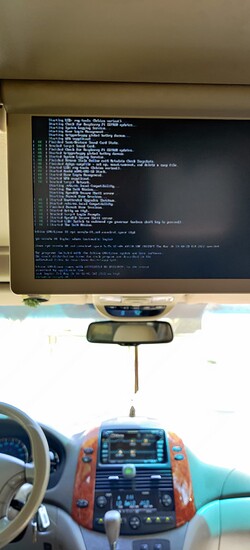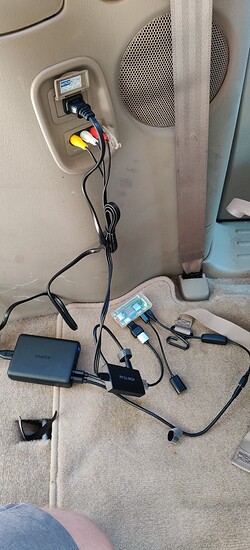Do state file simply define the machine’s desired state and then the client “checks-in” and if the client’s actual state doesn’t match the desired state on the master, the client initiates a reconciliation type operation?
In that diagram where would I find out about the equivalent of what in ansible are called roles and playbooks (“playbooks are composed or roles” and how salt stack handles that)? Also, where do you think I should look for templates (jinja templates)?
Or, do those concepts not exist?
I gotta do a dance. I have jellyfin, minecraft, nextcloud, plex and recursive dns going. I struggle for like a day doing something then it magically works.
as i said
That is all.
Apache reverse proxy was not working the way I wanted so I switched back to nginx and first try I got collabora working.
I’d need to see more of the document to understand the context of it… But I suspect that’s not an option.
the ‘check all applied states’ and apply reconciliation is call a highstate
sudo salt 'myhost' state.highstate
State files are what every specific thing you’re trying to configure. Like apache, nginx, sysctl, etc.
Salt pillars are for computed data to be shared across multiple hosts.
I.E if you have a fleet of webservers that all need the same apache config you would define the ocntents of the config in a salt pillar then apply that pillar data to all web servers, then in your state you craft the contents of the file to be of pillar so all you need to do to configure everything is give it access to the pillar and apply the state. Boom.
Grains are the individual specific details about a single host, like the machine id, OS version, cpu arch.
I don’t do Ansible so I’m not familiar with the concept of playbooks. In salt stack we just any arbitrarily amount of states in a top file top.sls and it will apply then all from top to bottom.
Saltstack uses jinja templates and you can even configure what jinja interpreter you want ![]()
Congratz!
Welcome to the cool kids club!
Thanks!
You’re welcome ![]()
Anyone have any dealings with self hosting mastadon?
I wouldn’t worry too much about that here. Conduct in this thread has historically been very good.
Let us know what works best for you. Imo, if you’ve invested considerable time into Ansible, Salt would probably be the next thing to try. Since the syntax is so similar, maybe some of your time can be re-invested there.
Are puppet and chef both FOSS? For some reason I thought there was some licensing involved with either/both but I might be confusing them with something else.
I probably wont do it in my own homelab because it may need to talk to other machines (especially if you connect it to the entire federation). This is because if your security fails, you risk losing your entire homelab
There is probably less of a problem if you do it with VPSes.
Zero! But also 100% interested in doing this as well. This is a great home lab project to get familiar with micro services and automation as well.
Yea I started playing with it recently. I didn’t have much luck with the docker setup, but the vagrant file worked OK.
Obviously, that’s not for production, but I’m hacking on it ATM for a proof of concept I’m working on ATM (feeding politician stock trade disclosures into it as a posting-it-to-their-followers like way of visualizing that data - using golang to generate the ruby code to call the model creation services directly via a require_relative call).
True.
Day off?
Got off a bit earlier due to weekend maintenance.
In a monthish I’m going to take a road trip, so I thought it would be fun to hook a rpi up to my cars built in TV.
Supposed to be meant for movies so IDK what I’m going to put on it, maybe Jellyfin or an emulator or something.
Haha sounds like a great time.
That chain of power supplies makes me feel dirty… 12VDC → 115VAC → 5VDC!
Your tech skills are good, but your photography skills could use some work… I can’t read anything off that screen.


